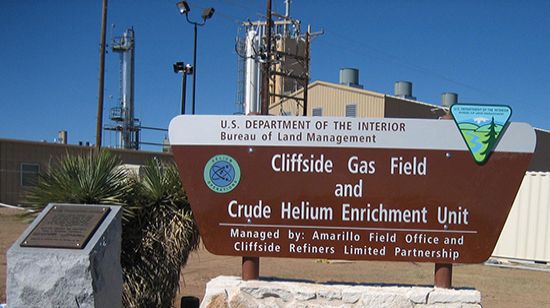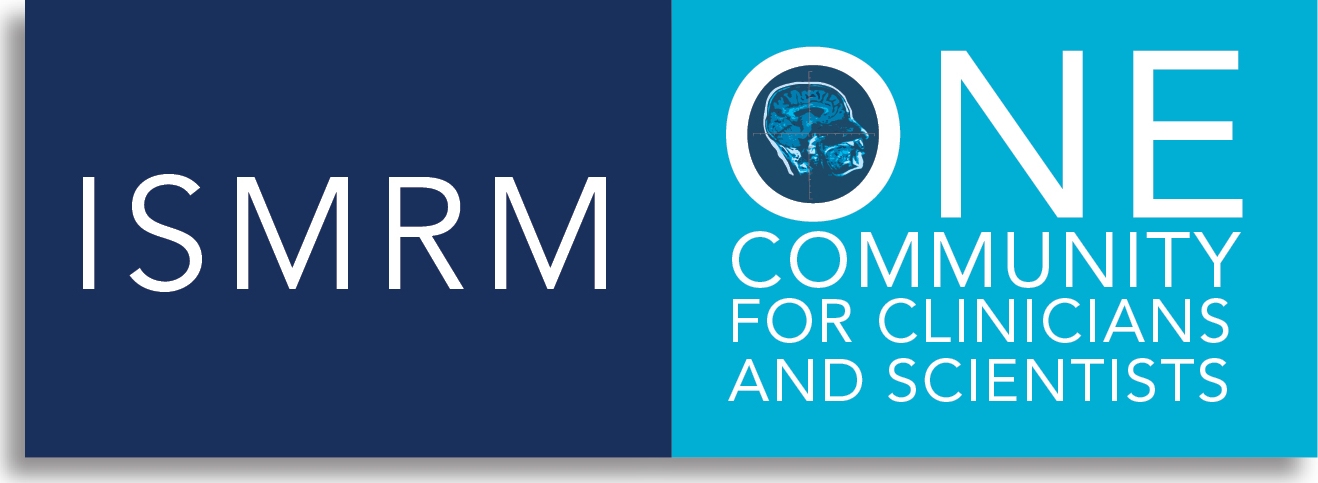Many
members of ISMRM will already be aware of another recent
congressional crisis that had the potential to affect our
field adversely. But for those who did not follow the story,
here is a short summary:
Despite helium being the second most abundant element in the
universe, it is a valuable commodity here on earth. It is
extracted as a by-product of natural gas production, and of
course has found use in NMR and MRI because of its low
boiling temperature, making it ideal for use in cooling
superconducting wire contained in magnets.
In the 1920s the US Government created a reserve of
helium in Amarillo, Texas, anticipating its
strategic importance in the new fashion of airship
travel. However, that use never took off (so to
speak!) and by the 1990s Congress was concerned that
the debt accumulated by creating and storing this
helium should be paid off. |
 |
In 1996 it was decided that
the Federal Helium Reserve should be sold off until such
time as the debts incurred had been paid off.
Earlier in 2013 the costs of the facility were paid off, and
so under the original legislation the facility was obliged
to cease providing helium to commercial sources on October 7th
this year. Since the Government source of helium represents
about 30% of the world’s supply at present (and over 40% of
the US domestic supply), and since there are at present
various difficulties at other major suppliers around the
world (Algeria, Qatar, Russia), there would have been a
significant impact of the US Government stopping the supply
of their reserves in Texas if the law had not been amended.
The US House of Representatives and the US Senate both
tabled bills that sought to continue the supply, however the
legislators did not initially agree on how future funds
generated from the Government reserves should be used. The
situation was increasingly becoming critical, since the
Bureau of Land Management would have needed to start the
shutdown procedures on October 1st 2013 unless
new legislation was passed.
The ISMRM Board, along with many other scientific societies,
universities and businesses that rely on helium (notably
sectors in semiconductor production and of course
healthcare) sent letters to House and Senate leaders to
encourage them to pass legislation to head off the helium
crisis (which would have affected the US first, but which
would have had global consequences soon after).
Fortunately, in a demonstration of good sense not being seen
in other aspects of US governance at present, the House of
Representatives passed by 367 to 0 an amended bill on Sept
26th, which was then sent to the Senate. They
duly passed it later that day by “unanimous consent” and the
bill was then sent to President Obama for signature into
law. The new ‘Helium Stewardship’ law extends the time
horizon for the Bureau of Land Management’s commercial sale
of helium, aiming for a complete withdrawal of the US
government’s commercial sale of helium by September 2021.
This gives us a further 8 years to wean ourselves off
stockpiled helium, and to ready ourselves for reliance on
only what can be extracted. This means that helium
efficiencies must be found in our scanners, and that the
price of helium will likely rise over the next few years to
recognize the true availability of this valuable commodity.
So don’t use too many helium balloons in celebrating this
stay of execution.


